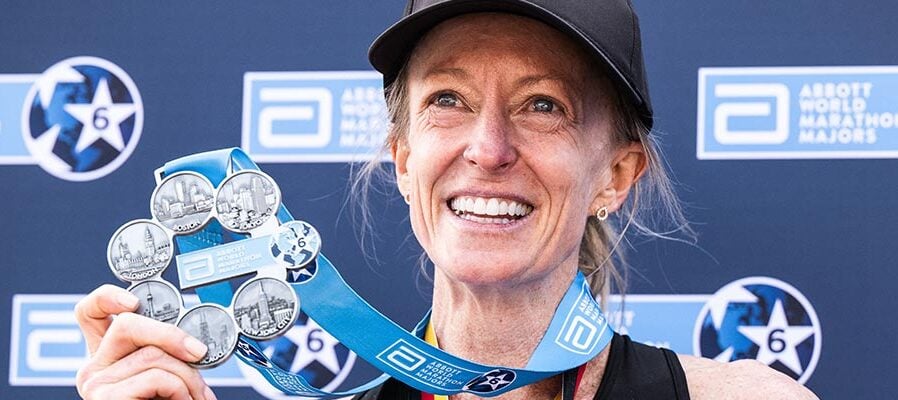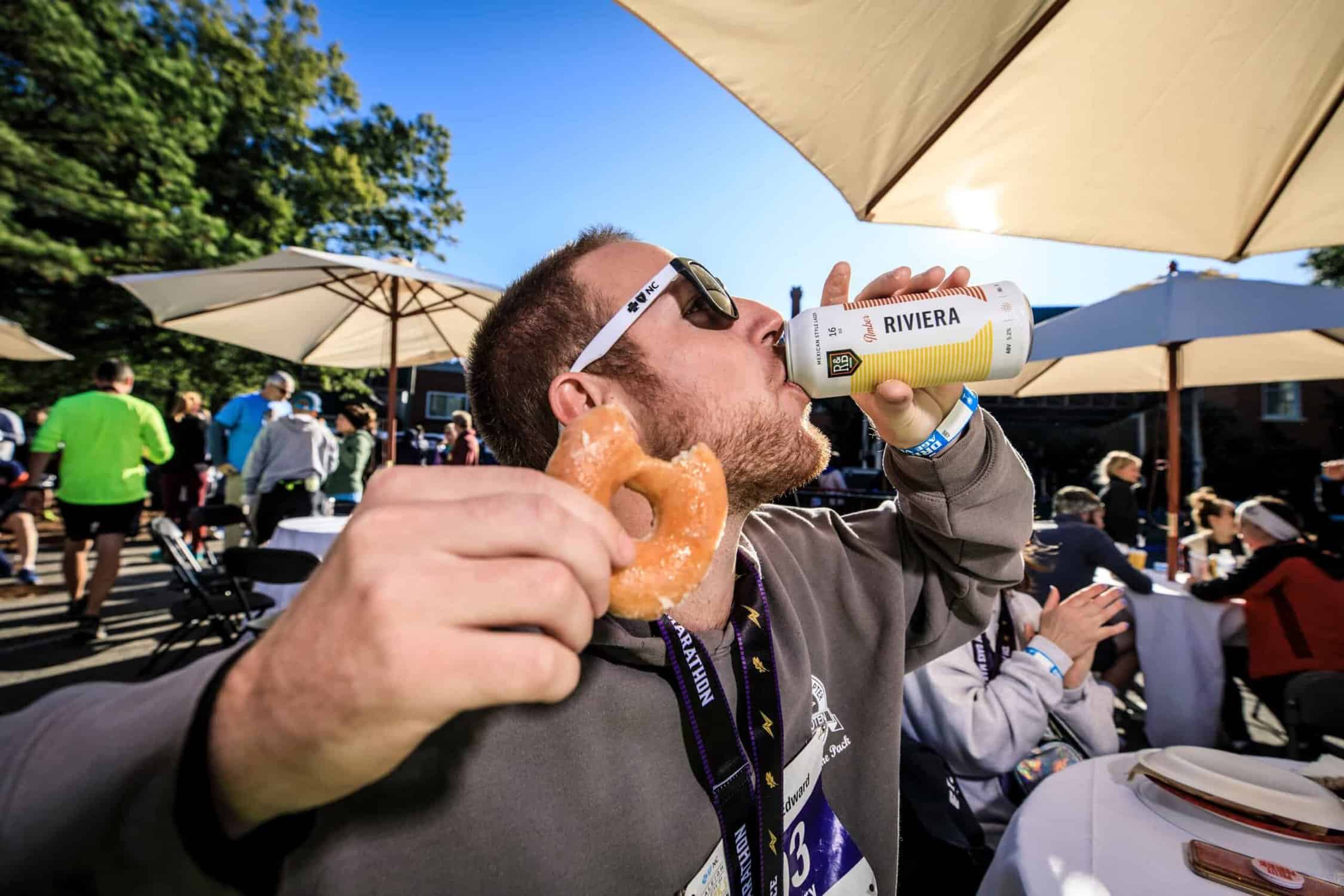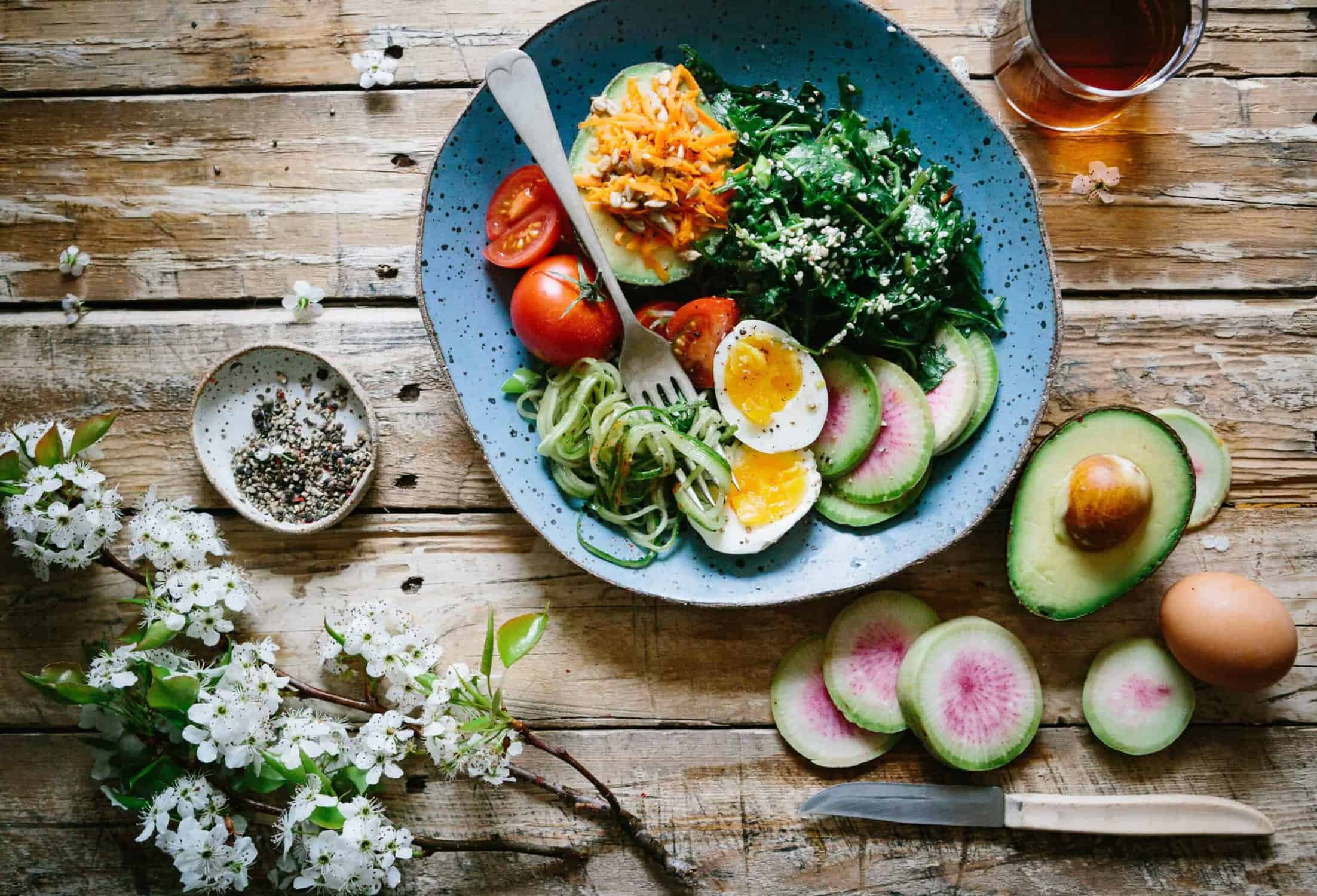
When preparing for a distance running event, one of the most important and critical things you can do for your training is getting the proper nutrition.
Proper nutrition includes both hydration and fuel. Getting the right fuel in your body is like getting the right fuel in your car. If you don’t take good care of yourself, you won’t be able to reach your real potential.
Proper fuel isn’t just during your run but also includes both before and after. We can break down fuel into a few different components:
Your general diet
Your overall diet is basically everything when you aren’t working out. You don’t need to eat perfectly 100% of the time, but it is essential to build in plenty of carbohydrates, proteins, and fats.
Your peak training is not the time to diet or attempt to lose weight otherwise you’ll end up injured, hurt, or fatigued.
Hydration
When you’re running, hydration is paramount. While some might prefer water, in the summer, or when racing hard, it’s essential to have a beverage with electrolytes.
What are electrolytes?
Electrolytes are minerals that contain both sodium and carbohydrates. Most runners sweat during workouts and so the amount you hydrate should reflect your sweat rate. Sports drinks like Gatorade, Powerade, or Nuun are some of the best ways to replace electrolytes you lose when you sweat.
How much should you drink?
Generally, most runners should consume about 4-8 ounces of fluid every 20 minutes for runs that last more than 60 minutes.
How do I know which one is best for me?
There are a lot of things to consider when picking out a sports drink including caffeine, content, and sugar. For those who prefer something with calories, Gatorade and Powerade are excellent choices. For those who are looking for something without calories, Nuun is a great option.
It’s also important to take into account how much caffeine you are consuming with gels. Some people can handle more caffeine than others so pay close to attention to your gels. Everyone’s body reacts different to caffeine and the last thing you want is a headache in the middle of the race due to caffeine.
Another essential factor is flavor: Choose what you like the taste of!
Energy gels
If you get into longer races, chances are you’ll need an energy gel, block, or gummy. Gels are an easy way to get energy while running. They are relatively simple to eat. These days, there are hundreds of gels, chomps, gummies, and bars out there.
Remember to consume your energy gels with water or you might deal with an upset gel. Do not consume gels and an energy mix together, most peoples bodies reject that. I made that mistake during a half marathon several years ago, and had stomach cramps for several miles after.
Why take gels at all?
Your body only stores a limited amount of carbohydrate in your muscles. When it runs out, it needs replenishing. The job of an energy source is to replenish depleted stores of glycogen.
Your body doesn’t just “consume a gel,” and you get instant energy. It takes time to process the gel and convert it into glycogen. This means the timing of your gels is essential.
Each person is different, so the speed that we need calories is different. The best way to figure out your needs during hard workouts is by trial and error. For a half marathon, I suggest having the gel in the first 45 minutes of your run. See how your body reacts and respond accordingly.
The most important rule is don’t try a new gel on race day. Like anything, it’s important to practice. There are plenty of choices, so find one that works best for you.
I’ve personally known friends to use honey, Swedish fish, or candy instead of gels. The last thing you want is to ruin months of training by trying a new gel.
Post-workout
After a hard workout or race, it’s important to have something to eat. Many professional athletes will tell you they are willing to eat anything after a run, just to get calories back in.
Just be sure to get a high carbohydrate snack or meal within 30 minutes of your workout. If you’re on the go, energy bars or fruit are good options.
Another option for after a run is a protein bar. Protein bars can help both muscle repair and recovery. Protein bars are better post-run nutrition versus for a snack before or after a run.
What if I hate eating or am not hungry after a run?
Many runners don’t like eating directly after a run. There are plenty of options for you too! You can consider a recovery drink. Chocolate milk is one of the most well-known and simple recovery drinks.
There are plenty of smoothie recipes online too. Just be sure to find a drink that is loaded with both carbohydrates and protein.
While training and logging the miles is necessary, what you eat and consume during significant training cycles is just as important. Without proper nutrition before, during, and after a run, you won’t achieve your potential in your goal race.
Tell us some of your favorite runner-friendly foods!
Hollie Sick is an avid runner who’s completed more than 40 half marathons. Read her blog, or follow her on Facebook.





